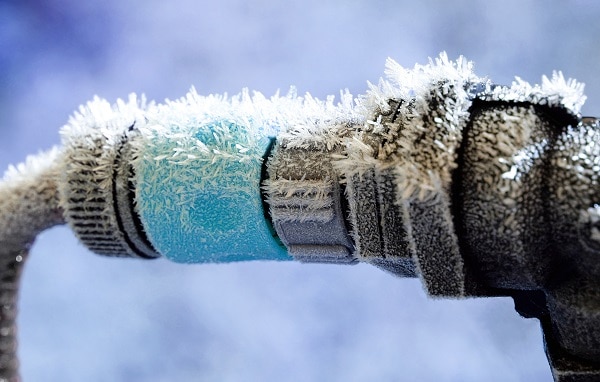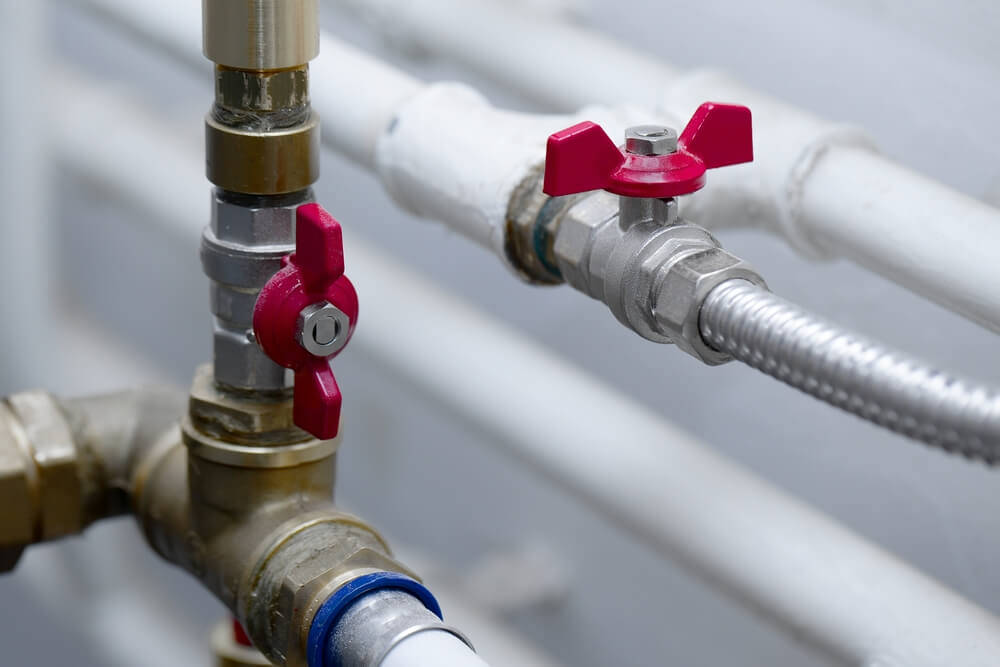Intelligent Winterizing Solutions: 5 Techniques to Stop Pipe Bursts
Intelligent Winterizing Solutions: 5 Techniques to Stop Pipe Bursts
Blog Article
What are your thoughts and feelings about How to Prevent Frozen Pipes?

All property owners that stay in warm climates should do their ideal to winterize their pipes. It is something you should do during fall before deep winter absolutely begins. Failure to do so can spell disaster like frozen, fractured, or ruptured pipelines. Below are some handy winterizing hacks to maintain your plumbing system safeguarded even if the climate outside is terrible.
Activate the Faucets
When the temperature declines as well as it seems as if the freezing temperature will last, it will aid to turn on your water both inside your home and outdoors. This will certainly maintain the water flowing through your plumbing systems. You'll end up throwing away gallons of water this method.
Open Up Cupboard Doors Hiding Plumbing
It would be handy to open cabinet doors that are concealing your pipes when it's chilly outside. For instance, they could be somewhere in your kitchen area or bathroom. This will permit the warm air from your heater to distribute there. Therefore, you protect against these subjected pipes from cold. Doing this small trick can maintain your pipes warm and limit the possibly unsafe end results of freezing temperature levels.
Take Some Time to Cover Exposed Pipeline
One cool and easy hack to heat up freezing pipes is to cover them with cozy towels. You can cover them first with towels. After protecting them in place, you can pour boiling water on the towels. Do it gradually to let the towels absorb the liquid. You can additionally make use of pre-soaked towels in hot water, simply don't neglect to use protective gloves to protect your hands from the warmth.
Attempt a Hair Dryer or Heat Weapon
When your pipelines are nearly freezing, your dependable hair dryer or warmth weapon is a blessing. If the warm towels do not aid remove any kind of resolving ice in your pipelines, bowling hot air directly right into them may aid. Do not utilize other items that generate straight flames like an impact torch. This can lead to a bigger catastrophe that you can not regulate. You might wind up damaging your pipes while trying to melt the ice. And in the long run, you may also end up shedding your house. So beware!
Turn off Water When Pipes are Frozen
Switch off the main water valve quickly if you see that your pipelines are completely frozen or virtually nearing that phase. You will typically locate this in your cellar or laundry room near the heating system or the front wall closest to the street. Turn it off immediately to prevent further damages.
With more water, even more ice will certainly load up, which will eventually lead to break pipes. If you are unsure about the state of your pipelines this winter months, it is best to call an expert plumber for an assessment.
All property owners that live in warm climates need to do their best to winterize their pipelines. Failing to do so can mean calamity like frozen, fractured, or burst pipelines. If the hot towels do not help remove any kind of resolving ice in your pipelines, bowling warm air directly right into them might aid. Turn off the main water shutoff instantly if you see that your pipelines are completely frozen or nearly nearing that phase. With more water, more ice will pile up, which will at some point lead to rupture pipelines.
PREVENT YOUR PIPES FROM FREEZING THIS WINTER
A Leading Cause of Property Damage
When the weather is taking a deep nose dive into the cold dreary days, the risk of your pipes freezing and potentially bursting skyrockets. Unfortunately, during these cold dreary months, burst pipes are the most common denominator for property damage. The pipes that are most at the risk are those that are in areas where it is most cold in your home. For instance, pipes located in interior places such as basements, attics, and your garage. Unfortunately, that doesn’t mean that the pipes running through your cabinets or exterior walls can’t freeze. Good news, however, is that you can do things to help prevent pipes from freezing.
How to Prevent Pipes From Freezing
Once the temperature starts to drop during the winter, you should be taking the proper measures needed to ensure that your pipes stay warm and that there is circulation of water through them. Some steps that experts may recommend could go against your better judgement when it comes to saving water and heat. However, it would go without saying that when expenses are compared, damaged pipes could put a bigger dent in your wallet than a water bill.
What Can I Do?
Keep your garage door closed. This is very important, especially if you have water supply lines running through your garage. Open your kitchen and bathroom cabinets to allow warm air to circulate through them. Allow air circulation throughout your home. Keeping the interior doors open will once again allow the warm air to circulate inside your home. Ensure your thermostat is running the same temperature throughout the night and day. If you plan to be away from home during the cold months, set your temperature no lower than 55° F. This should provide enough heat to keep the pipes warm and prevent any remaining water inside the pipes from freezing. For more of a long-term solution, add insulation to attics, basement, and other crawl spaces around your home. By allowing your faucet to drip, it will alleviate pressure in the system. This is important because the pressure that is created between the blockage and the faucet can potentially cause the pipes to burst. Allowing the faucet to drip will prevent the pressure from building up, therefore keeping the pipes from bursting. Seal any cracks, openings, and crawl spaces around your home to prevent cold air from coming inside. This keeps your pipes-not to mention your home-warmer and less susceptible to issues caused by freezing temperatures. For the pipes in your home that are easily accessible, applying electrical tape to them might prevent them from freezing over. This is a quick fix, as you can apply the tape directly to the pipe. There are two options for heating tapes. One turns on and off by itself when it senses heat is needed. The other type of heating tape needs to be applied when heat is needed and removed when not necessary. If you have exposed pipes in your home, you can check this website to take a look at a few options that would be available at a shop near you.

I recently found that content on How to Prevent Frozen Pipes when browsing the internet. So long as you liked our blog posting kindly remember to pass it around. We truly appreciate reading our article about Prevent Freezing and Bursting Pipes.
For best results, ring! Report this page